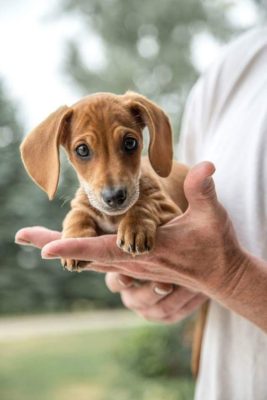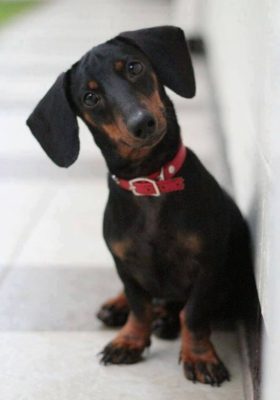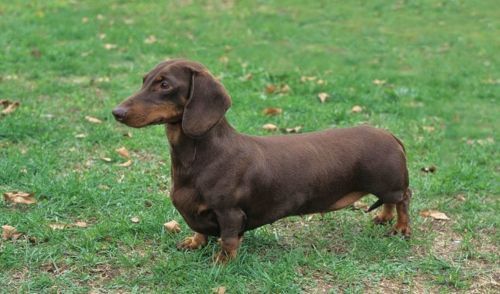Dachshund

It is a charming and friendly dog breed, but also bold and distinctive. It is a hardy, nimble hunting dog with a good sense of smell. The Dachshund is a very good hunter who can easily handle a badger, fox, or raccoon. It is a dog with a loud voice, courageous, an excellent guardian, serious, determined and independent.
Table of Contents
Breed Information
| Another Name | Wiener dog, Badger dog, Sausage dog |
| Origin | Germany |
| Height | 15-35 cm |
| Weight | 4-12 kg |
| Fur | Short-haired and long-haired |
| Color | Black, brown, chocolate, marble |
| Lifespan | 12-15 years |
| FCI Classification | Dachshunds |
| Group | Hunting dogs, apartment dogs |
| Price | $300-800 |
Breed Photos
Origin History
Dachshunds are adorable short-legged dogs that are one of the most ancient hunting breeds. If you look closely at drawings with hunting scenes in ancient Egypt, you can see dogs’ images with elongated bodies and short legs. It is impossible to say for sure whether or not these were the ancestors of today’s dachshunds.
Closer to the fifteenth century in Germany, a dog very similar to the current breed appeared after a series of selection work. At that time, the ancestors of the Dachshund appeared in Russia as well. The concept of “badger dog” was introduced into use, but the Germans preferred to call their helpers “badger warrior”. At that time, these dogs have not yet considered a separate breed and looked quite ugly, but they remained excellent hunters. The Dachshund acquired its present appearance closer to 1814.
The breeding work did not end there. After crossing a dachshund with a terrier spaniel, two varieties of the breed were bred: long-haired and short-haired.
Appearance
Dachshunds are a powerful dog breed that has a muscular build and broad and strong limbs. They have a long elongated muzzle and long, silky ears hanging down and rounded at the ends. The Dachshund’s tail is thick and strong and sets low. The front limbs are broader and more extensive than the hind limbs.
It is also worth emphasizing that dachshunds are classified according to their external features. Standard dachshunds are the most common species, whose representatives weigh up to 9 kg. Miniature dachshunds weigh from 4 to 5.5 kg; the so-called rabbit dachshunds weigh up to 3.5 kg.
Hair in dachshunds can be both short and long. Generally, this breed has a silky and sometimes wavy pile. Hard-haired dogs have a coarse fleece with a thick undercoat, which requires special care.
We can distinguish black and tan, chocolate brown, brown and tan, and red among the most popular colors. Less common are marbled, black, white, or gray-spotted dachshunds.
Character
It is a charming and friendly dog breed, but also bold and distinctive. It is a hardy, nimble hunting dog with a good sense of smell. The Dachshund is a very good hunter who can easily handle a badger, fox, or raccoon. It is a dog with a loud voice, courageous, an excellent guardian, serious, determined and independent. Dachshund has a powerful character, has a pronounced personality, is loyal to its owners, and gets along well with children.
Care
Dachshunds are not very complicated animals in terms of maintenance and care. A smooth-haired dachshund needs only one combing once a week and two to three times a week for long-haired dachshunds. Don’t forget to trim its nails once every three months and keep its ears and eyes clean. Dachshunds are very active and volitional dogs, so try to walk them at least twice a day for 30-40 minutes.
Training
This dog breed needs training and education. Dachshunds are stubborn little dogs who often act the way they want rather than the owner. Especially when it comes to digging burrows in the garden or chasing other small animals, it is worth considering this nuance and teaching your basic pet commands. The Dachshund should see you as a leader who can sometimes punish but at the same time remains the most faithful and loving friend.
Common Diseases
Like other breeds, dachshunds are prone to certain diseases, including genetic diseases. This list includes discoporosis, osteoporosis, obesity, black acanthosis, and epilepsy. Dachshunds should not be overfed and pampered with goodies because they tend to become obese, which further affects their health. Obesity puts extra strain on a dog’s back. With the wrong approach to exercise and nutrition, dachshunds are susceptible to intervertebral disc problems leading to paralysis.
Nutrition
Dachshunds are unpretentious eaters, so you can make do with dry food, but only for adults. Dachshund menus should include the following list of foods: cottage cheese, various cereals cooked in broth. Pieces of meat can be added to the dish, although the best option would be milk porridge for puppies. Vegetables and fish are also useful in the diet. Sometimes you can also add eggs to the diet, such as mixing them with cottage cheese. Natural milk in its pure form should be avoided, as the dachshund body does not digest it.
One should not forget about mineral additives, especially powdered clay, which is very useful for dachshunds. It is also worth remembering that dachshunds are prone to obesity, so do not offer food from our table, namely sweets, spicy and spicy dishes.
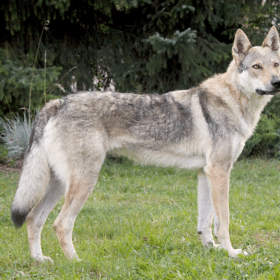 Czechoslovakian Wolfdog
Czechoslovakian Wolfdog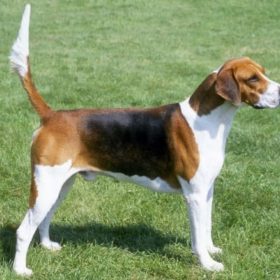 English Foxhound
English Foxhound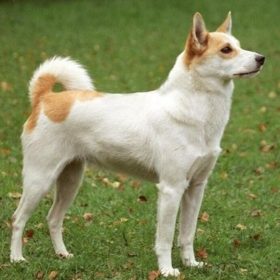 Norrbottenspets
Norrbottenspets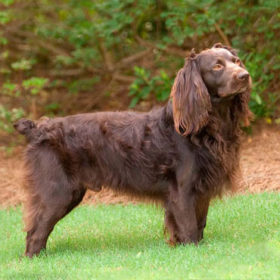 Boykin Spaniel
Boykin Spaniel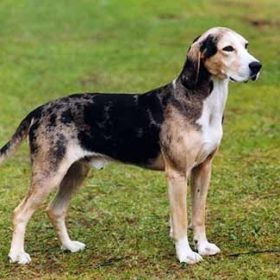 Dunker
Dunker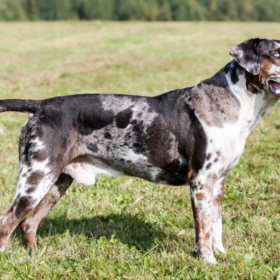 Catahoula Leopard Dog
Catahoula Leopard Dog